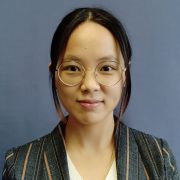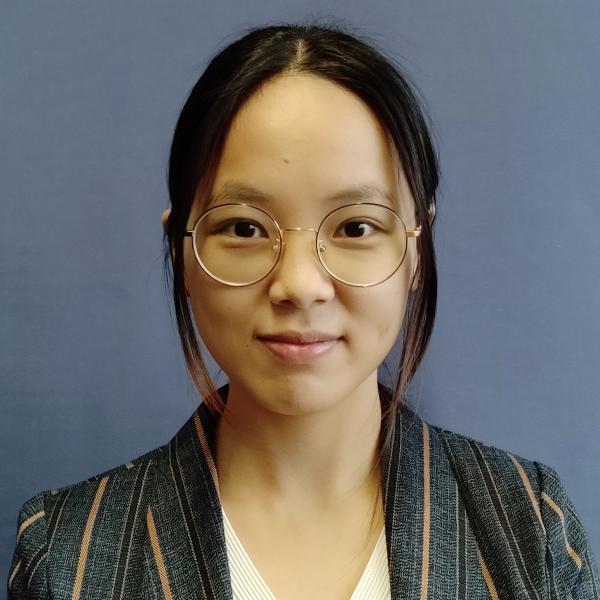Dr Lanlan Su
School of Electrical and Electronic Engineering
Visiting Lecturer


Full contact details
School of Electrical and Electronic Engineering
Amy Johnson Building
Portobello Street
Sheffield
S1 3JD
- Profile
-
Dr Su received the B.E. degree in electrical engineering from Zhejiang University, China, in 2014, and the Ph.D. degree in control systems from the University of Hong Kong under the supervision of Prof. Graziano Chesi, Hong Kong, in 2018. She is an awardee of the Hong Kong Ph.D. Fellowship Scheme established by the Research Grants Council of Hong Kong. In 2017, she was a visiting scholar at University of Notre Dame, USA, hosted by Prof. Vijay Gupta and Prof. Panos Antsaklis.
She joined the Department of Automatic and Control Systems Engineering at University of Sheffield as a lecturer in 2022. From 2020 to 2022, she was a Lecturer at the University of Leicester, UK. Before that, she was a Postdoctoral Research Associate at the University of Notre Dame, USA.
Dr Su has served as an Associate Editor for the European Control Conference (ECC) since 2020 and is currently an Associate Editor for the International Journal of Control (IJC). Her research interests include robust control, networked control systems, and complex dynamics networks.
- Research interests
-
Her research interests include robust control, networked control systems, large-scale complex dynamic network, distributed control/optimisation, convex optimisation, multiplier-based and dissipativity-based analysis.
- Publications
-
Journal articles
- . IEEE Control Systems, 43(5), 18-19.
- . Automatica, 150, 110872-110872.
- . IEEE Transactions on Control of Network Systems, 9(1), 487-499.
- . Automatica, 131, 109787-109787.
- . International Journal of Robust and Nonlinear Control, 31(13), 6438-6453.
- . IEEE Control Systems Letters, 5(1), 283-288.
- . IEEE Transactions on Automatic Control, 65(11), 4902-4907.
- . IEEE Transactions on Automatic Control, 65(8), 3241-3255.
- . IEEE Control Systems Letters, 4(2), 498-503.
- . IEEE Control Systems Letters, 3(2), 434-439.
- . IEEE Transactions on Automatic Control, 63(5), 1503-1508.
- . Automatica, 87, 267-273.
- . IEEE Transactions on Automatic Control, 62(4), 1966-1971.
- . International Journal of Control, 1-11.
Conference proceedings
- . 2020 American Control Conference (ACC), 1 July 2020 - 3 July 2020.
- . 2018 SICE International Symposium on Control Systems (SICE ISCS), 9 March 2018 - 11 March 2018.
- . IFAC-PapersOnLine, Vol. 50(1) (pp 375-380)
- . 2015 American Control Conference (ACC), 1 July 2015 - 3 July 2015.
Preprints
- Steady-state analysis of networked epidemic models.
- On the Necessity and Sufficiency of Discrete-Time O'Shea-Zames-Falb Multipliers.
- On the Necessity and Sufficiency of the Zames-Falb Multipliers for Bounded Operators.
- Robust Monotonic Convergent Iterative Learning Control Design: an LMI-based Method.
- Analysis of Two-Dimensional Feedback Systems over Networks Using Dissipativity.
- Distributed Resource Allocation over Time-varying Balanced Digraphs with Discrete-time Communication.
- Feedback Passivation of Linear Systems with Fixed-Structured Controllers.
- Stabilization of Linear Systems Across a Time-Varying AWGN Fading Channel.
Links
